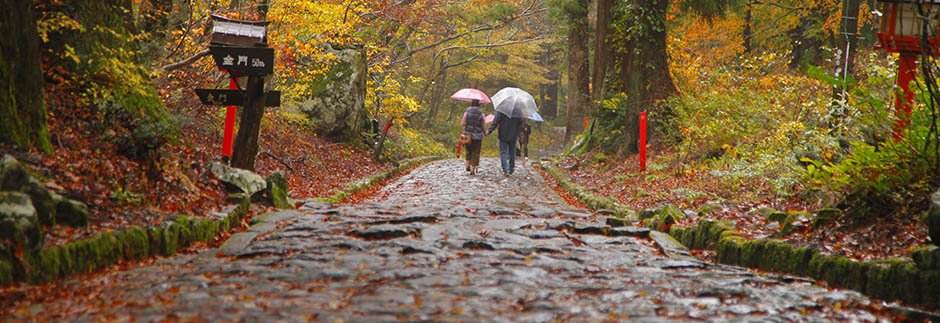What is Japan Heritage?

Japan's Agency for Cultural Affairs designates unique regional histories, traditions or customs that have been passed on for generations through narratives as 'Japanese Heritage'. With an aim to revitalize the region, communities are expected to take initiative to cohesively organize and utilize those tangible and intangible cultural properties that constitute essential elements in the narrative, and strategically publicize it within Japan and abroad.
"Japan Heritage" is expected to increase for the Olympic and Paralympic Games scheduled to be held in Tokyo in 2020 (Heisei 32) In order to make foreign tourists travel around Japan and lead to revitalization of the region It was established. It is expected that the Japanese heritage will be a tourist destination.
'Japan Heritage' was established to allow foreign travelers to Japan, expected to increase for the 2020 Tokyo Olympics and Paralympic Games, to extend their tours to all over Japan, leading to the revitalization of different regions and stimulating local economies.
In order to maintain the value of Japan Heritage as a prestigious brand, stories will be limited to 100.
A Japan Heritage story,
- pertains to unique traditions or customs, stemming from historical developments and regional climate, which have been passed on for generations in a region
- must have a clear theme at its core that features cultural properties, such as structures, archaeological sites, sightseeing spots, local festivals etc., which can be used to communicate the attraction of the region to outside the region
- must have a story; simple explanatory descriptions of regional history or values of local cultural properties will not suffice.
- (4) must include at least one nationally designated or selected tangible or intangible cultural property.
The designation of a story as Japanese Heritage is based on the fact that the content of the story shows distinct historical features of the region and can be instumental in appealing attractions of Japan as a whole through:
- Novelty (promoting little-known facts and hidden charm)
- Rarity (things not found in other areas)
- Regionality (unique regional culture)
- Interest
- Appeal
etc, the applicant region has a concrete strategy with a future vision of how the region can develop utilizing its cultural properties, and that efforts by the applicant region are coordinated to revitalize the local community through Japan Heritage, such as strategic and effective domestic and international promotion of the narratives.

Japan’s Largest Livestock Market Born of Jizou Bodhisattva Worship

There are two (2) categories for the stories: 'Local Category' for which a narrative pertains to one city or a village, or 'Collective Category' for which a narrative pertains to several cities or villages.
The Japan Heritage story of Mt. Daisen is centered around Mt. Daisen's symbolic importance, Daisen's delicious water, the Daisen Faith with Daisenji as its core, the food culture and folklore of the area, and Daisen Gyuuba Ichi, the largest cattle and horse market during the Meiji Period.
The Daisenji Temple and Daisen Gyuuba Ichi story is a Collective Category which includes the four areas of Daisen, Houki, and Koufu Towns, and Yonago City, connected by the Daisen Roads where people, cattle and horses traveled to the livestock market.

This story is based on the fact that it is a region full of gratitude for the blessings of Mt. Daisen, which is reflected in the passing down of a local phrase similar to meaning 'Thank you, Daisen'.





